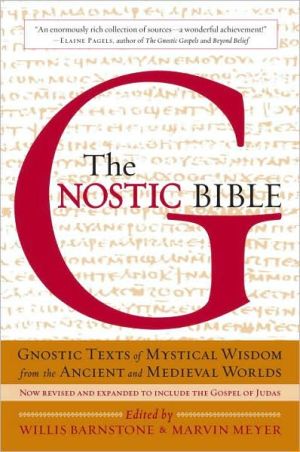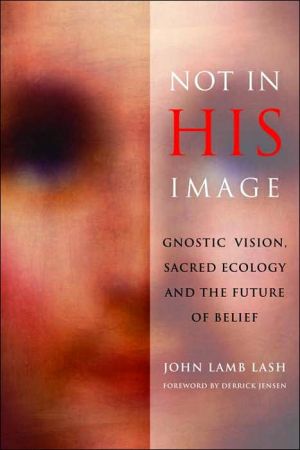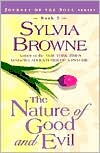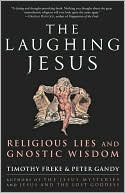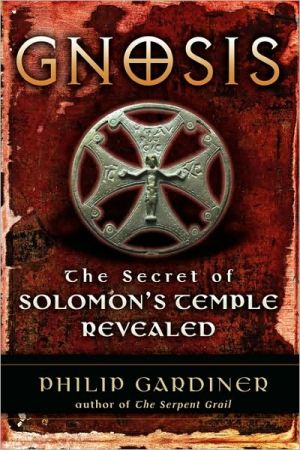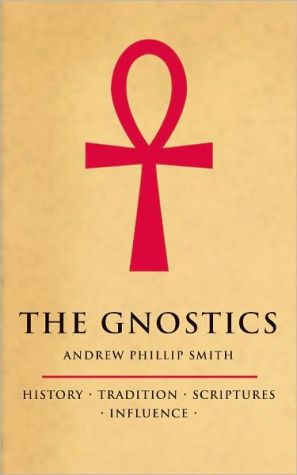The Gnostic Bible: Revised and Expanded Edition
Gnosticism was a wide-ranging religious movement of the first millennium CE—with earlier antecedents and later flourishings—whose adherents sought salvation through knowledge and personal religious experience. Gnostic writings offer striking perspectives on both early Christian and non-Christian thought. For example, some gnostic texts suggest that god should be celebrated as both mother and father, and that self-knowledge is the supreme path to the divine. Only in the past fifty years has it...
Search in google:
Gnosticism was a wide-ranging religious movement of the first millennium CE—with earlier antecedents and later flourishings—whose adherents sought salvation through knowledge and personal religious experience. Gnostic writings offer striking perspectives on both early Christian and non-Christian thought. For example, some gnostic texts suggest that god should be celebrated as both mother and father, and that self-knowledge is the supreme path to the divine. Only in the past fifty years has it become clear how far the gnostic influence spread in ancient and medieval religions—and what a marvelous body of scriptures it produced. The selections gathered here, in poetic, readable translation, represent Jewish, Christian, Hermetic, Mandaean, Manichaean, Islamic, and Cathar expressions of gnostic spirituality. Their regions of origin include Egypt, the Greco-Roman world, the Middle East, Syria, Iraq, China, and France. Also included are introductions, notes, an extensive glossary, and a wealth of suggestions for further reading. Library Journal Poet and translator Barnstone and Meyer (Bible & Christian studies, Chapman Univ.) have joined forces to present a large collection of gnostic source literature. The nature and beliefs of gnosticism are hotly debated. Michael Williams (Rethinking Gnosticism) and Karen L. King (What Is Gnosticism?) have argued for the abandonment of the label as something artificially applied by Christian orthodoxy to heretical movements with widely varying beliefs. Others, including the editors of this volume, argue that certain specific ideas distinguish beliefs of the gnostic religions: salvation through knowledge and enlightened living, wisdom personified as a character in a cosmic drama, and dualistic creation stories positing a higher God of the spirit and a lower demiurge who created the physical world. Meyer's introduction presents highlights of this debate. The selection of texts that follows (most elegantly translated by Barnstone) ranges across two millennia and various cultures. Each work, some translated into English for the first time, is accompanied by a clear introduction and synopsis. This is an important sampler of relatively unknown spiritual literature. The publication by Shambhala gives an underlying sense of credence to the contents as, in Meyer's words, a "sacred literature attractive to free spirits." Recommended for all libraries with an audience interested in religions, alternative spirituality, and early Christianity.-William P. Collins, Library of Congress Copyright 2003 Reed Business Information.
\ From Barnes & NobleThis 880-page compilation is the most comprehensive collection of Gnostic writings ever assembled. Poet/translator Willis Barnstone and Christian scholar Marvin Meyer have combined to present an anthology of Gnostic primary sources that cover 13 centuries. The Gnostic Bible represents the diversity and sometimes the contradictions of this divergent faith.\ \ \ \ \ Library JournalPoet and translator Barnstone and Meyer (Bible & Christian studies, Chapman Univ.) have joined forces to present a large collection of gnostic source literature. The nature and beliefs of gnosticism are hotly debated. Michael Williams (Rethinking Gnosticism) and Karen L. King (What Is Gnosticism?) have argued for the abandonment of the label as something artificially applied by Christian orthodoxy to heretical movements with widely varying beliefs. Others, including the editors of this volume, argue that certain specific ideas distinguish beliefs of the gnostic religions: salvation through knowledge and enlightened living, wisdom personified as a character in a cosmic drama, and dualistic creation stories positing a higher God of the spirit and a lower demiurge who created the physical world. Meyer's introduction presents highlights of this debate. The selection of texts that follows (most elegantly translated by Barnstone) ranges across two millennia and various cultures. Each work, some translated into English for the first time, is accompanied by a clear introduction and synopsis. This is an important sampler of relatively unknown spiritual literature. The publication by Shambhala gives an underlying sense of credence to the contents as, in Meyer's words, a "sacred literature attractive to free spirits." Recommended for all libraries with an audience interested in religions, alternative spirituality, and early Christianity.-William P. Collins, Library of Congress Copyright 2003 Reed Business Information.\ \
